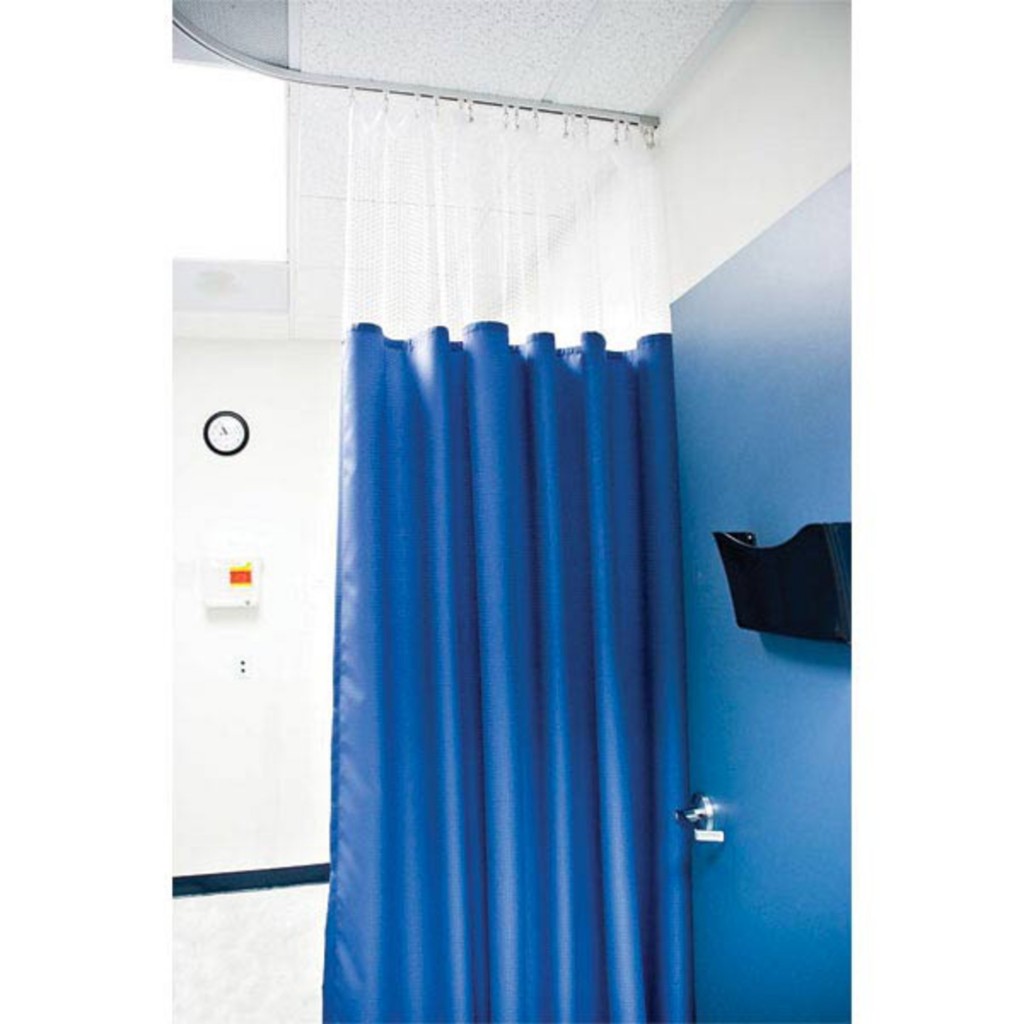
In her Article, “Making Bathrooms More ‘Accommodating“, Emily Bazelon discusses the hardships that transgender people face when using public restrooms. Unlike most people who have no problem with which restroom they should use, transgender people can have the reproductive organs of the opposite sex. For example, a transgender female may have the reproductive organ of a male. As a result, some people have issues with sharing a bathroom with someone who has a reproductive organ that is different from theirs, leaving those who are transgender with the dilemma of which bathroom they should use.
Naturally, people are resistant to change and not willing to accommodate for others. To support this, Bazelon uses the example of the group of voters in Huston who were protesting against the Broad Equal Right Ordinance. The Broad Equal Right Ordinance would prevent against many types of discrimination, but most importantly, sexual discrimination. The voters responded by using examples of males harassing females which put fear into the rest of the voting pool and resulted in the ordinance being rejected. (Bazelon).
On the contrary, Bazelon uses the example of school districts that are becoming more accepting of those who are transgender. These schools are calling transgender people by their preferred names, and allowing them to participate in sports as the gender they identify themselves as. (Bazelon). However, the issue of transgender people sharing bathrooms with the sex they identify with still remains. For example, Bazelon uses the example of a girl who is undergoing hormonal therapy and wishes to use the girls bathroom. The school originally refused, stating that the girl would be violating other girls privacy.(Bazelon). However, this argument is has major fallacies, since the girl who was transgender could have easily been provided with a curtain or changing room, just like the other girls. Eventually, after government intervention, the girl was allowed to share the changing room with the other girls, provided she used a privacy curtain when changing.

This is what Bazelon refers to as “accommodating”, or the act of “moving over to make room for other people, whether you want to or not.” (Bazelon). She uses examples of how the government previously made accommodations for people because of religious reasons or disabilities. However, Bazelon argues that even if accommodations were made, people would have to be willing to work with the change. Otherwise, eradicating the issues of bathrooms for those who are transgender would have little effect if people did not learn to respect it.
This all stems from the 19th century when bathrooms were divided for logical reasons. During the 19th century, having separate bathrooms and rooms made sense because of the conditions. (Bazelon). However, this is no longer the 19th century, and the same rules apply. Bazelon explains that the most important thing for a transgender person is to fit in. To put this in perspective, Bazelon states, “for transgender girls, the locker room and the bathroom are about joining the all-female enclave, about fitting in.” The issue that remains is that people do not wish to accept the identity that a transgender person identifies themselves as. In order to solve this, small accommodations would need to be made so that those who are transgender would be able to freely exercise the basic human need of using the restroom.
Bibliography